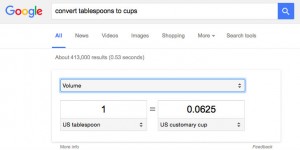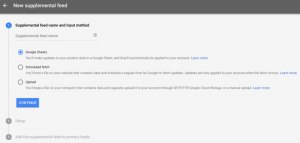
Marketers need to begin looking at data differently. I can’t say it loud enough. For many retailers, marketers, and buyers, there is a huge missed opportunity in mobile apps — not with cross-device attribution or location-based tracking and targeting with beacons, but in terms of search data in the app showing unmet demand. This was brought to my attention by Point Inside, a startup that built a mobile application for retailers to help consumers find products on their store shelves. The model would turn marketing into a revenue-generating business rather than one that spends.
This year, more than 100 million devices have accessed the Point Inside system through a retailer’s mobile app. The technology aims to support the 70% of shoppers who have accessed a mobile app or the mobile Web and are destined for a physical store purchase, not online — either on their way to a store or in the store
A retailer can determine when a product didn’t sell or when they sell out of a product, but they have trouble forecasting demand to ensure the product gets stocked on the shelf before it sells out. It’s difficult for retailers to identify missed opportunities like the little red step stool, which is selling well, but a specific store doesn’t stock it. Maybe they should find the buyer and stock the store.
Point Inside’s technology supporting search, recommendation, location mapping, and list ordering is integrated into the retailer’s mobile app.
The store mode largely powers the consumer business, but Point Inside also prints the pallet labels so distribution centers can ship the products directly to the aisle location in the store and bypass the warehouse. Stores buying an Android or iOS smartphone for their associates can manage when they move product on the store floor through the app.
Josh Marti, CEO and co-founder of Point Inside, reached out to talk about the 1690% growth the company has experienced since 2010, but the benefit that is not discussed is the data showing unmet demand.
Marti created the Point Inside app to solve the problem of consumers walking out of stores after not being able to find things on the store shelf, but it offers so many other possibilities that Marti declined to discuss. It allows the retailer to send deals on specific items on a shopping list based on specific store locations. Retailers Lowe’s home improvement, Meijer grocery chain, JetBlue, United Airlines, and Health-E-Maps have implemented the store model platform combining the ability to search and find a product currently stocked on the store shelf. Each location supports its own in-app search engine.
Each store has an understanding of what’s trending and selling locally. For example, a store in Minnesota might sell a lot of snowblowers, whereas a store in Huntington Beach, Calif. will sell more sunscreen, even in September. A recommendations engine will take in search signals from mobile users and return deals and discounts. A feature known as Product Location considers keywords on a consumer’s shopping list — such as hammers and nails or bread and butter — and reroutes the shopping list to save time in the aisles, but generates higher sales.
Overall, Point Inside has created more than 10,000 maps of indoor venues and 5,000 store-specific search engines for its retail customers. Employee count has risen more than 20-fold since 2009, continually expanding to meet the needs of some of the world’s largest retailers. Last month, the company relocated its headquarters to a new 12,600-square-foot office space — with 6,000 more square feet to come by January 2015 — its third move in five years due to growth. Point Inside’s StoreMode platform now receives billions of user requests per month via retailers’ branded apps for its platform services.
(351)






